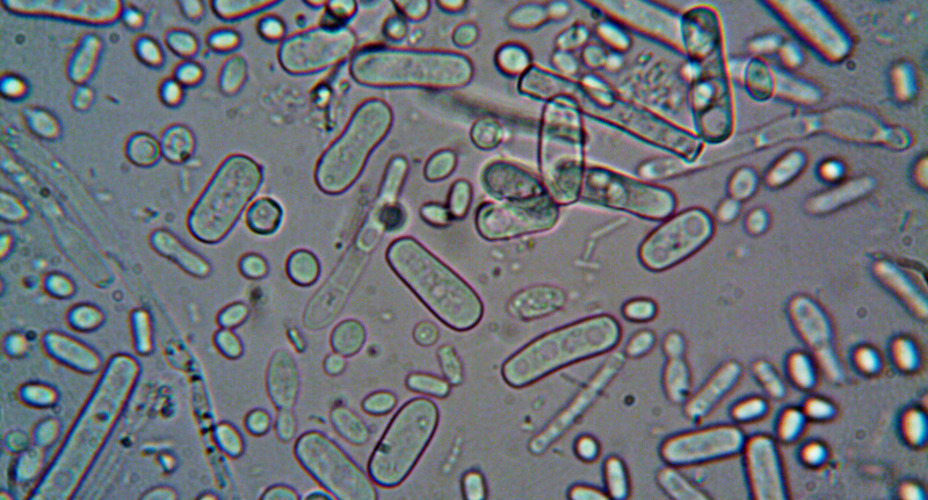Wednesday 06 09 2023

New warnings about the prevalence of a sight-threatening microorganism have been issued following global research by University of the West of Scotland.
The study, in collaboration with UNSW Sydney and the University of Technology Sydney, found increased levels of Acanthamoeba in coastal seawaters within New South Wales.
The research, published in the Science of The Total Environment journal, highlights the prevalence of Acanthamoeba in the environment and the need for more public awareness.
Acanthamoeba infects the cornea, the clear outer layer at the front of the eye. It feeds on bacteria and corneal cells, leading to inflammation and damage to the cornea – a condition called Acanthamoeba keratitis (AK).
Infection is difficult to eradicate due to the absence of drugs that can kill Acanthamoeba. It can lead to vision loss, with around one quarter of AK patients ending up with vision impairment or becoming blind, particularly amongst contact lens users.
UWS was selected to take part in the study due to the University’s significant experience of studying the behaviour of the microorganism, which, following more than 13 years of ground-breaking research led by UWS’s Professor Fiona Henriquez, resulted in the University discovering an effective preventative treatment for the condition.
Fiona Henriquez, Associate Dean of Research and Innovation within the School of Health and Life Sciences and Professor of Parasitology at UWS, said: “Although relatively rare, Acanthamoeba keratitis affects people across the globe annually, with contact lens users most at risk.
“Acanthamoeba can get trapped between the contact lens and the eye, leading to infection. Washing contact lenses in tap water is a major risk factor for AK, as well as showering and swimming while wearing contact lenses. Levels of Acanthamoeba in Australian aquatic environments have not been studied until now and we are delighted to bring our significant expertise in AK to this collaborative study.”
The study found that Acanthamoeba was present in water samples from all four coastal sites tested, with 38 per cent of the water samples overall testing positive. The prevalence of Acanthamoeba varied across the sites, with highly urbanised areas more at risk. The researchers also found that Acanthamoeba was more prevalent in the water during the summer months.
Professor Fiona Henriquez, added: “This study is so important to be able to convey the message that contact lenses need to be taken out before swimming, whether in a pool or when swimming in lakes, river or the sea and ocean and although this study focused on Australia, the message is important globally as Acanthamoeba is found in places Acanthamoeba are common microorganisms but can cause a severe debilitating infection of the cornea, the outer layer of the eye, that can lead to blindness, and it is certainly a very painful and uncomfortable condition. Awareness and education are critical to reduce the risks.”
The research directly addresses the United Nations Sustainable Development Goals (UNSDGs) 3, 6, 14 and 15.
Read the full study here.